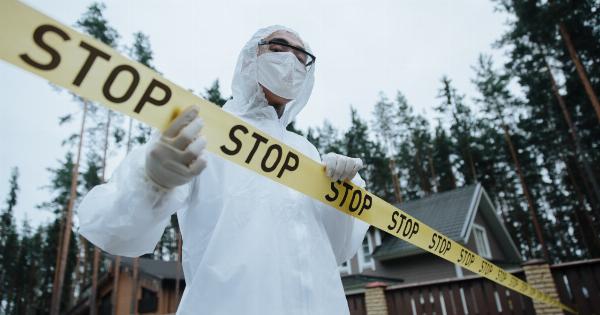Liver cancer is a type of cancer that develops in the liver. The liver is a vital organ that helps the body process nutrients, detoxify waste products, and produce bile, which is necessary for digestion.
While liver cancer is relatively rare in the general population, it is one of the fastest-growing cancers in the United States, especially among older age groups.
Overview of Liver Cancer
Liver cancer is a term used to describe a variety of cancers that originate in the liver. The most common type of liver cancer is hepatocellular carcinoma (HCC), which develops in the hepatocytes, the main functioning cells of the liver.
HCC accounts for about 75% to 85% of all cases of liver cancer. Other types of liver cancer include intrahepatic cholangiocarcinoma, which develops in the bile ducts within the liver, and hepatoblastoma, a rare type of liver cancer that occurs in children.
Liver cancer is primarily caused by chronic liver disease, which damages the liver and increases the risk of cancer.
Common risk factors for chronic liver disease include heavy alcohol use, viral hepatitis, non-alcoholic fatty liver disease (NAFLD), and hemochromatosis (a genetic condition that causes excess iron buildup in the liver).
Increasing Prevalence of Liver Cancer in Older Adults
The incidence of liver cancer has been increasing steadily in the United States over the past several decades. From 2008 to 2017, the age-adjusted incidence rate of liver cancer increased by 2.5% per year among men and 1.3% per year among women.
The increase in liver cancer incidence has been particularly pronounced among older adults.
According to the American Cancer Society, the incidence rate of liver cancer is highest among individuals aged 55 to 64.
Between 2008 and 2017, the age-adjusted incidence rate of liver cancer increased by 2.9% per year among individuals aged 65 to 74, and by 3.4% per year among those aged 75 and older.
Possible Causes of Increasing Liver Cancer Incidence in Older Adults
The reasons for the increasing incidence of liver cancer among older adults are not entirely clear. However, several factors may be contributing to this trend:.
1. Aging of the population: As the population ages, the number of older adults at risk for liver cancer increases.
2. Increased detection: Improved screening and diagnostic technologies may be identifying more cases of liver cancer among older adults.
3. Rising obesity rates: Obesity is a risk factor for liver cancer, and the prevalence of obesity is increasing among older adults.
4. Persistence of risk factors: Chronic liver disease, which increases the risk of liver cancer, can take years or even decades to develop.
Individuals who have been exposed to risk factors for liver cancer, such as viral hepatitis or heavy alcohol use, may continue to be at risk even in later life.
Risk Factors and Prevention
There are several known risk factors for liver cancer. The most common risk factor is chronic liver disease, which includes viral hepatitis (hepatitis B and C), NAFLD, and alcoholic liver disease.
Individuals who have a personal or family history of liver cancer are also at increased risk.
To reduce the risk of liver cancer, it is important to maintain a healthy weight, limit alcohol consumption, and get vaccinated against hepatitis B.
Individuals who have been diagnosed with viral hepatitis or other forms of chronic liver disease should work with their healthcare providers to manage their condition and reduce their risk of liver cancer.
Treatment Options for Liver Cancer
The treatment options for liver cancer depend on the stage and location of the cancer, as well as the individual’s overall health. Treatment options may include:.
Surgery: Surgical removal of the cancerous tissue may be an option for early-stage liver cancer.
Transplantation: Liver transplantation may be an option for individuals with advanced liver cancer and other forms of end-stage liver disease.
Ablation: Ablation therapy uses heat or cold to destroy cancer cells. This may be an option for small tumors that cannot be surgically removed.
Embolization: Embolization uses a substance to block the blood supply to the tumor, causing it to shrink.
Chemotherapy: Chemotherapy uses drugs to kill cancer cells. This may be an option for more advanced cases of liver cancer.
Individuals with liver cancer should work closely with their healthcare providers to determine the best treatment options for their specific situation.
Conclusion
Liver cancer is a serious and increasingly prevalent cancer, especially among older adults. While the reasons for this trend are not entirely clear, several factors may be contributing to the increasing incidence of liver cancer in older age groups.
To reduce the risk of liver cancer, it is important to maintain a healthy weight, limit alcohol consumption, and get vaccinated against hepatitis B. Individuals who have been diagnosed with chronic liver disease should work with their healthcare providers to manage their condition and reduce their risk of liver cancer.






























